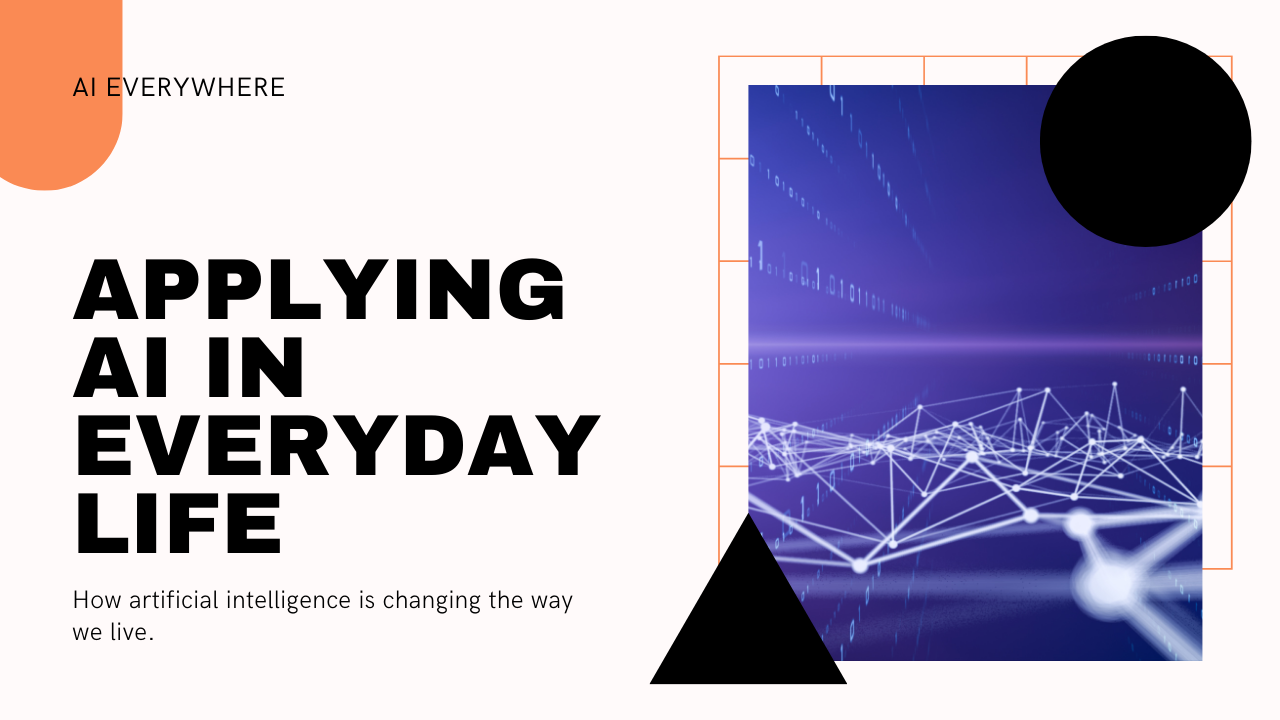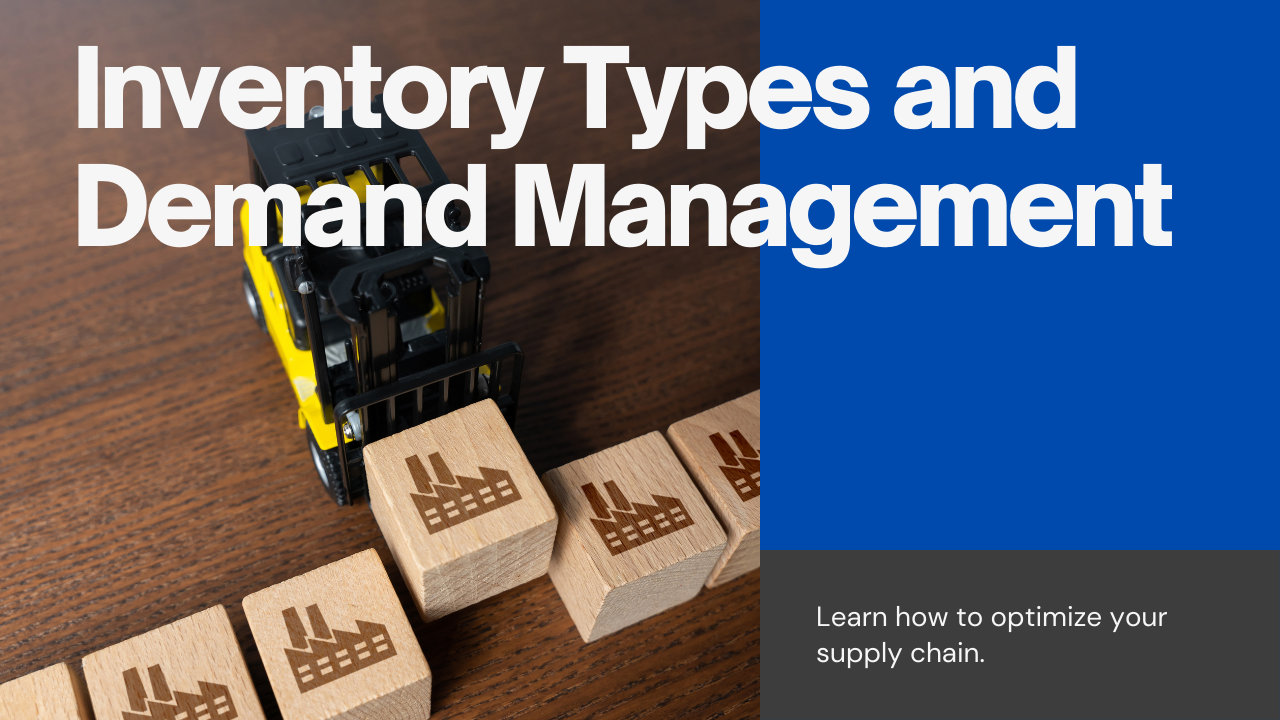Perhaps the division into Qualitative and Quantitative research is the most important classification of Research Methods. The main difference between Qualitative and Quantitative is the type of data. Classification is important because it affects how data are collected and subsequently analysed. However, many scholars view that, likewise, Inductive and Deductive most researchers use a mixed methods approach – a combination of Qualitative and Quantitative.
What is Qualitative Research?
Qualitative is- “involving comparisons based on qualities”. The meaning of ‘qualities’ here is a characteristic property that defines the nature of something evident. Defining qualitative is based on the senses or judgement. Qualitative deals with data observed by senses such as sight, taste, smell, touch and hearing. For example, a football’s shape is round- qualitative data. Anything that does not involve numbers or measurement is considered qualitative. For instance- the radius of the ball is 10 centimetres. This sentence involves the measurement of a ball. Therefore, it should not be regarded as qualitative data as a football cannot be measured with senses, Observation and judgement.
The qualitative research technique is to find answers to why or how human behaviour, experience and opinions. This technique focuses on words and collects data through different techniques such as interviews, group discussions and observations. This technique adopts unstructured or semi-structured questions that concentrate on the participant’s point-of-view to build a theory. The qualitative technique works better naturally. It is subjective and considers studies for content, thematic and pattern analysis. This technique is relevant for fewer sample sizes with open-ended interpretative questions.
A few examples of qualitative data is
- The rose is red.
- The tree is bigger than the horse.
- The road is bumpy.
- The cake smells flowery.
- John heard a bang behind him.
- Adam was excited to tell a story.
- Academic writing is an essential skill for students.
Opinions, perceptions, feelings and attitudes are the foundation of the qualitative approach. A qualitative approach to research is likely to be associated with an Inductive Approach to generating theory. Theory building from qualitative data uses an interpretive model through the existence of multiple subjective perspectives (Greener 2008).
For instance- you surveyed five construction companies to find what concerns they are experiencing within a building project.
You concluded that four out of five companies experienced an issue with project delays. Based on their experience, they expressed that the delay in the building project was due to,
- The late payments.
- The lack of transparency in the documentation.
- The lack of effective communication.
- The late payments.
- No delays.
These five points are qualitative data. Based on those points, you can build a theory.
For instance- Delays in building projects are a major concern of construction companies. Eighty percent of the construction firms said that the delay in a building project is a major concern. Rest 20 percent experienced no delays. About 40 percent of the construction firms expressed that the delay occurs due to the late payments. However, 20 percent said, the delay was due to lack of transparency in the documentation, and rest 20 percent concerned that delay in building projects is due to the lack of effective communication.
Related Posts for you:
Read more:
-

How Humans Beat AI? Industry 5.0
How Humans Beat AI? Embracing the Human Touch in Industry 5.0 As we venture deeper into the Fourth Industrial Revolution, characterized by the fusion of AI, robotics, and other digital technologies, a new narrative is emerging: Industry 5.0. This evolution isn’t about replacing humans with technology; it’s about augmenting human capabilities, emphasizing the value of… Read more
-

Applying AI in Everyday Life
Artificial Intelligence (AI) is no longer just a buzzword or a futuristic concept; it has seamlessly integrated into our daily lives, revolutionizing the way we live, work, and interact. From simplifying tasks to providing personalized experiences, AI’s impact is profound and far-reaching. In this blog post, we’ll explore how AI is applied in everyday life,… Read more
-

Artificial Intelligence in business for individual productivity
Welcome to the digital forefront where Artificial Intelligence (AI) reshapes the way we work, learn, and solve challenges. At mandeepsaini.com, under the guidance of Dr. Mandeep Saini, a distinguished expert in supply chains, procurement, and project management, we delve into the world of AI, demystifying its complexities and exploring practical applications. This blog post, offers… Read more
-

Inventory Types and Demand Management in Global Supply Chains
Inventory Types and Demand Management In the complex global supply chain management world, understanding the nuances of inventory types and demand management is crucial for businesses seeking to streamline operations and reduce costs. This blog post delves into the vital aspects of inventory management, shedding light on strategies and tools essential for minimizing inventory within… Read more
-

The Essence of Lean Thinking in Supply Chains
LEAN THINKING Mastering Lean Methodology: Eliminate Waste & Boost Efficiency In the dynamic realm of lean thinking, understanding and eliminating waste stand paramount for driving efficiency and value. From Toyota’s revolutionary practices, lean thinking has transcended industries, offering a blueprint for operational excellence. This exploration delves into the core types of waste identified in lean—Muda,… Read more
-

Transforming Business and Life with Lean Tools
The Art of Lean Living. Transforming Business and Life with Lean ToolsLean Living principles, including Lean Methodology, Just-in-Time Production, Value Stream Mapping, Overall Equipment Effectiveness, Continuous Improvement, Error Proofing, Root Cause Analysis, 5s System, Six Sigma, SMED, Total Productive Maintenance, Hoshin Kanri, Gemba, and Andon. It explains their applications and techniques for both business and… Read more
Further reading
Richard Fellows and Anita Liu (2015), Research methods for construction, Chichester: Wiley-Blackwell
Saunders, Mark; Lewis, Philip; Thornhill, Adrian (2012), Research methods for business students,
Harlow: Pearson
Knight, A. and Ruddock, L. (2008), Advanced Research Methods in the Built Environment,
Blackwell Publishing, Oxford, UK.
Fellows, R. and Liu, A. (2008) Research Methods for Construction – 3nd Edition. Oxford:
Blackwell Publishing.
Fink, A. and Kosecoff, J. (1998) How to Conduct Surveys – A Step-by-Step Guide – 2nd
Edition. London: Sage Publications.
Jankowicz, A.D. (2005) Business Research Projects – 4th Edition. London: Thomson
Learning.
Kinnear, P. and Gray, C.D. (1999) SPSS for Windows Made Simple – 3rd Edition. Hove:
Psychology Press.
Ruddock, L. (1995). Quantitative Methods for the Built Environment. Vol. 1: Statistical Analysis.
Warrington UK: White Castle Press.
Yin, R.K. (2003) Case Study Research: Design and Methods. – 3rd Edition. London: Sage
Publications.

Leave a Reply